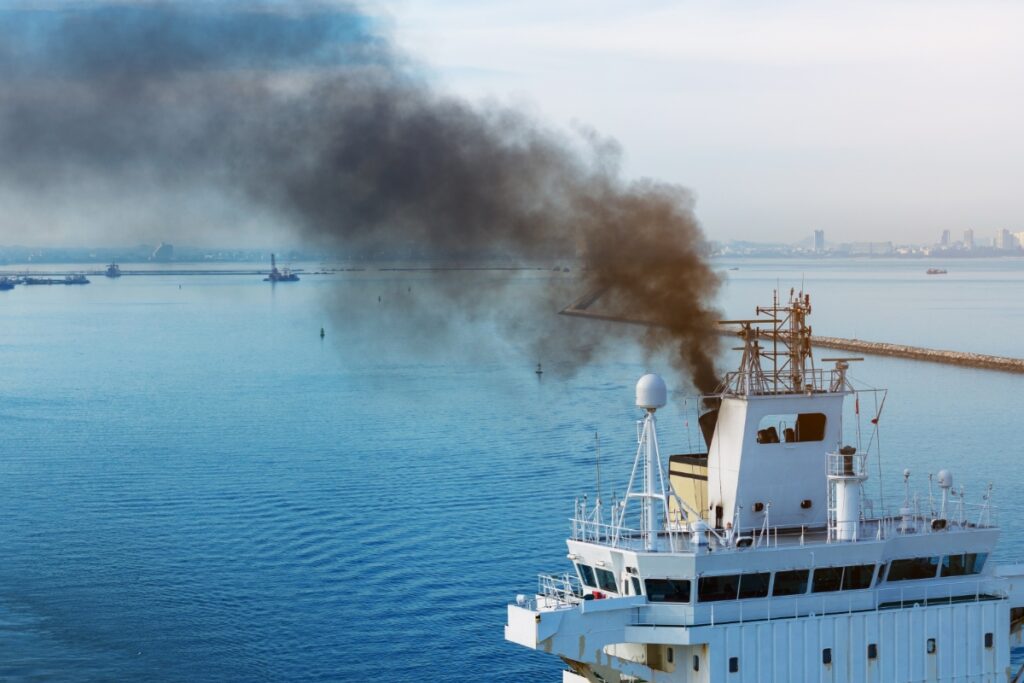Most organizations deploying proven technology pick one location, work out the operational details, then expand. Harbor Current Foundation Inc. looked at that approach and decided to do something harder on purpose. They’re launching electric ferry pilots in Miami, Annapolis, Charleston, and Boston simultaneously because proving a concept works in four completely different environments is worth more than perfecting it in one.
It’s a calculated risk. If electric vessels can handle Miami’s international port operations, Annapolis’s historic waterfront constraints, Charleston’s tourism demands, and Boston’s established commuter systems all at once, there’s not much they can’t handle. Each city isn’t just a test site. It’s a different proof point addressing a different objection harbor authorities might raise.
Maria Andrade founded the organization after spending over twenty years raising five children and working as a licensed real estate professional. She’s asking for $10 million to put electric ferries and water taxis on the water in these four cities within 18 months. The budget allocates $2.5 million per harbor for vessel acquisition or retrofitting, charging infrastructure, feasibility studies, community education, and operational costs. The goal is cutting emissions by 25 to 40 percent in each location while creating what they’re calling a “Clean Harbor Replication Toolkit” so other cities don’t have to start from scratch.
The strategy makes sense once you understand what stops most harbors from switching to electric. It’s not that the technology doesn’t work. Electric ferries already operate successfully in multiple countries. The barrier is convincing harbor authorities, city councils, and ferry operators that electric vessels can handle their specific situation. Miami’s concerns aren’t Charleston’s concerns. Boston’s infrastructure differs from Annapolis’s setup. Proving the concept once doesn’t address everyone’s doubts.
Miami: The Climate Pressure Test
Miami faces immediate environmental stakes as a major international port dealing with accelerating sea-level rise. The city handles massive vessel traffic, diverse marine conditions, and extreme weather challenges. If electric ferries can operate reliably there, they can handle almost any coastal challenge. Miami also has significant low-income waterfront neighborhoods breathing diesel exhaust from harbor vessels every day. According to the EPA, marine vessels account for nearly 30% of total port emissions. Those communities can’t wait for gradual change.
The Miami pilot demonstrates that electric vessels work under intense operational demands while delivering immediate air quality improvements to vulnerable populations. It’s the high-stakes proof point that addresses concerns about durability and performance.
Annapolis: The Historic Harbor Model
Annapolis offers something Miami can’t provide, which is speed. The smaller, historic harbor means changes can happen faster with fewer bureaucratic hurdles. It’s the proof of concept for mid-sized waterfront cities wondering if electric conversion makes sense at their scale. Annapolis also represents harbors where tourism and historic preservation drive decisions. Clean, quiet electric vessels fit that identity better than diesel engines.
What works in Annapolis becomes the template for hundreds of similar-sized harbors across the country. The foundation isn’t just testing technology there. They’re proving the transition can happen quickly when communities and harbor authorities align.
Charleston: The Tourism Economy Angle
Charleston’s waterfront depends on tourism. Visitors come for historic charm, scenic water views, and Southern coastal atmosphere. Diesel fumes and engine noise don’t enhance that experience. Electric vessels do. The Charleston pilot proves clean harbor transportation can be a competitive advantage, not just an environmental obligation.
Cities competing for tourism dollars pay attention to what works in Charleston. If electric ferries become part of the city’s appeal, other destinations will want the same advantage. The pilot turns sustainability into a business case rather than a regulatory burden.
Boston: The Established System Conversion
Boston runs established commuter ferry systems with regular routes and service. The challenge there isn’t proving electric vessels work. It’s proving they can replace existing diesel ferries without disrupting service or requiring massive infrastructure overhauls. Harbor authorities managing established routes need evidence that conversion is practical, not theoretical.
The Boston pilot addresses the biggest obstacle facing any harbor with existing operations: how do you switch to electric without shutting everything down to rebuild? If Harbor Current Foundation can demonstrate smooth conversion in Boston’s complex system, it removes the primary excuse other established harbors use to delay action.
The Replication Toolkit Strategy
Here’s where the four-city approach pays off. Each pilot generates specific data about what works in different environments. Miami’s tropical climate insights. Annapolis’s rapid deployment model. Charleston’s tourism integration. Boston’s established system conversion process. Harbor Current Foundation is documenting all of it to create a detailed guide other harbors can follow.
The foundation plans to install at least four harbor charging stations, deploy two pilot vessels, and host six educational events to bring communities and harbor authorities on board. With 74% of the budget going directly to vessels and infrastructure rather than overhead, the spending prioritizes tangible results. The toolkit isn’t vague recommendations. It’s practical information about vessel selection, charging infrastructure design, crew training requirements, community engagement strategies, and regulatory navigation. Cities won’t have to figure everything out themselves because four different types of harbors already did the heavy lifting. That dramatically lowers the barrier for the next wave of adoptions.
The foundation’s ultimate goal extends beyond these four cities. Andrade’s mission is electrifying the waterways of the Americas by 2040, which means every American harbor possible and practicable, then the Caribbean, then South America. The four U.S. cities aren’t the endgame. They’re proof that electric harbor transportation works everywhere it needs to.
Testing in one location would’ve been simpler and cheaper. But simpler doesn’t create the evidence base required to transform an entire industry. Harbor Current Foundation chose the harder path because changing how 8,000 American harbors operate requires demonstrating viability across different harbor types. Four cities, four different challenges, one detailed blueprint. If it works everywhere at once, there’s nothing left to debate.



